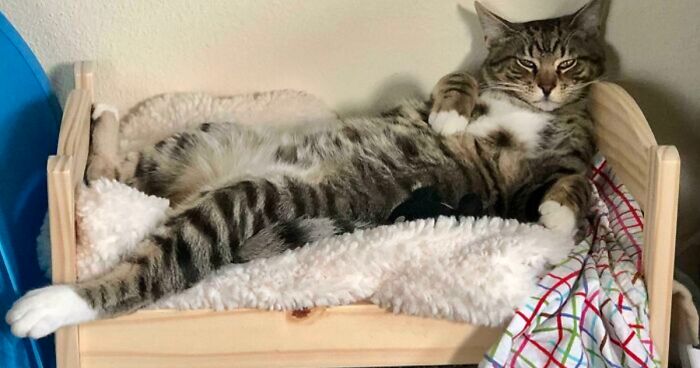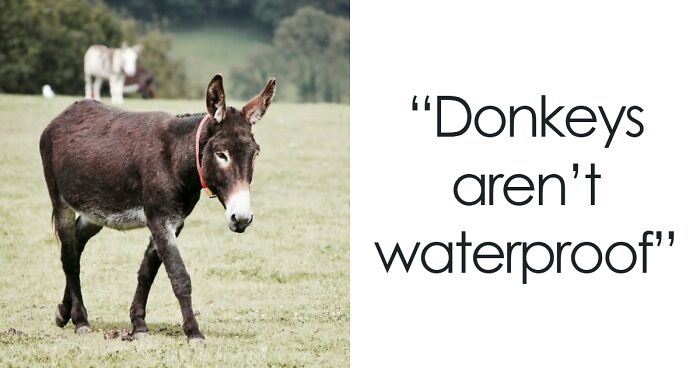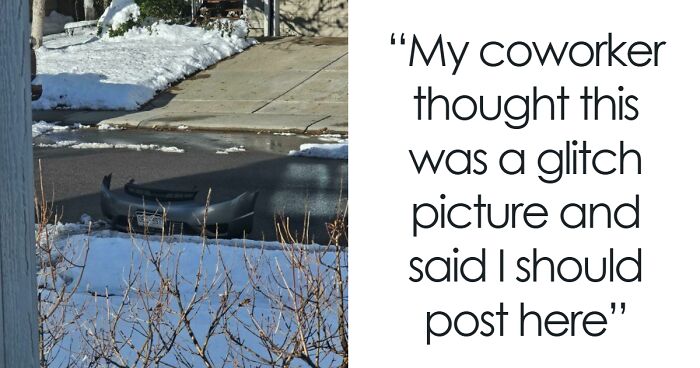
Photographer Sets Up Camera Traps To Photograph The Black Leopard In Africa For The First Time In 100 Years
Never was Will Burrard-Lucas so happy a black cat has crossed his path. His cameras’ path, to be more exact. Will has been a full-time wildlife photographer since 2010 and in 2013 he even founded Camtraptions Ltd to turn his inventions for the craft into products for other professionals. And all of his hard work has perfectly reflected in one of his most recent shoots.
Image credits: Burrard-Lucas Photography
In Laikipia, Kenya, on the 11th of February 11, Will captured a series of high-quality camera trap photographs of a wild melanistic leopard (otherwise known as a black panther). This was the first time the animal has been photographed in Africa since 1909, said Nick Pilfold, a global conservation scientist at the San Diego Zoo.
Image credits: Burrard-Lucas Photography
Image credits: Burrard-Lucas Photography
The female leopard’s coat is pitch black due to melanism, a gene mutation that results in an over-production of pigment, Pilfold added. It’s the opposite of albinism. And although the leopard’s rocking a black coat during the day, its rosette patterns are visible in nighttime infrared imagery.
Image credits: Burrard-Lucas Photography
Image credits: Burrard-Lucas Photography
Image credits: Burrard-Lucas Photography
“The images were captured at Laikipia Wilderness Camp in Kenya, using [self-made] Camtraptions camera traps,” Burrard-Lucas told Bored Panda. “Each trap is made up of a Camtraptions motion sensor, which wirelessly triggers a high-quality DSLR or mirrorless camera and two or three flashes. I leave these cameras on game paths for days or even weeks at a time in order to photograph elusive animals. The technique also allows me to set up studio-like lighting in order to capture striking images of animals at night.”
Image credits: Burrard-Lucas Photography
The biggest challenge for the photographer was deciding where to put his camera traps. “When I heard that a black leopard had been seen up at Laikipia Wilderness Camp in Kenya my ears pricked up and I contacted the owners, Steve and Annabelle Carey, to find out more.”
Image credits: sandiegozooglobal
“Steve confirmed that it was true and he had seen several black leopards over the years. On arrival in Laikipia, Steve took me to meet Luisa Ancilotto who lived close to the camp and had seen a black leopard recently. She told us as much as she knew about the leopard’s habits and territory.”
Image credits: Burrard-Lucas Photography
“Then Steve managed to pick up some fresh leopard tracks nearby and followed them to a path that leopards seemed to be using. I set up my camera traps up on this trail and it was there that I captured my first image of the black leopard.”
Image credits: Burrard-Lucas Photography
Image credits: Will Burrard-Lucas
Check out this behind the scenes video of the once-in-a-century shoot below
More info: blog.burrard-lucas.com | Facebook | Instagram | Twitter
The sad thing is... a stupid hunter will try to kill it. These beautiful animals should be left alone... Please wildlife photographer: don´t tell about their existence.
I got a cat named Comet that looks just like that, but smaller and less likely to eat me.
The sad thing is... a stupid hunter will try to kill it. These beautiful animals should be left alone... Please wildlife photographer: don´t tell about their existence.
I got a cat named Comet that looks just like that, but smaller and less likely to eat me.

 Dark Mode
Dark Mode 

 No fees, cancel anytime
No fees, cancel anytime 













































345
46